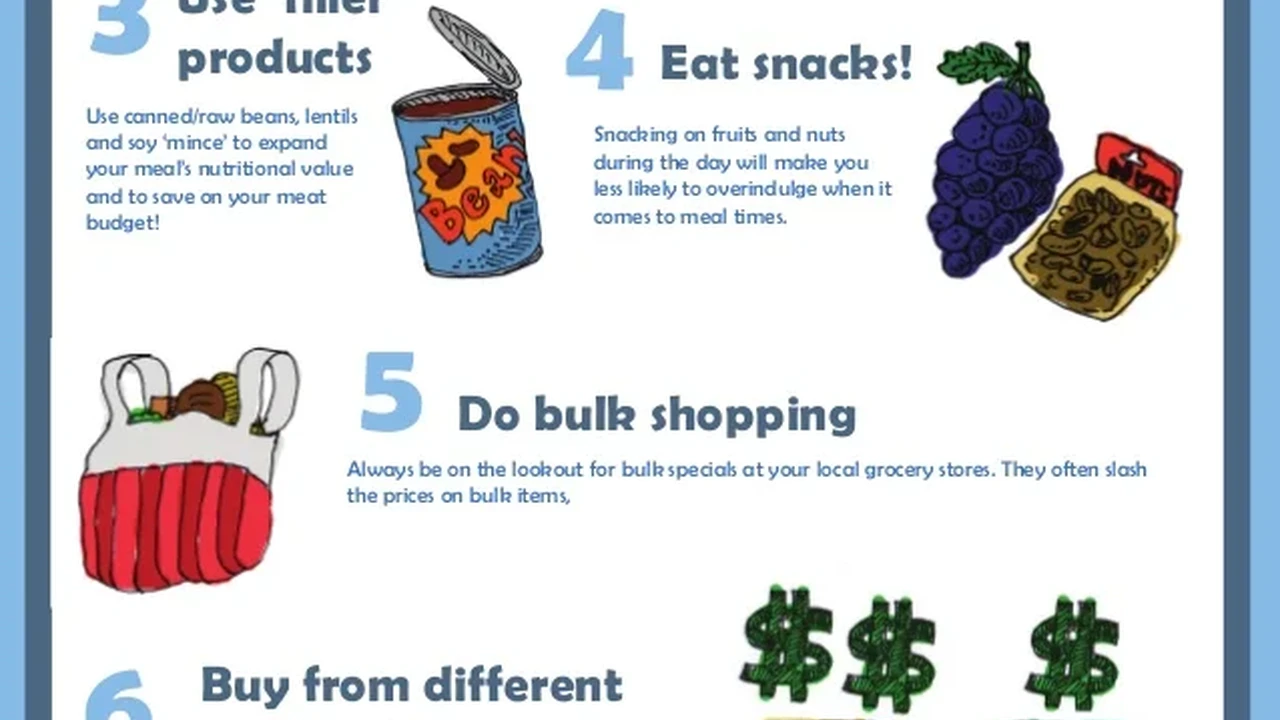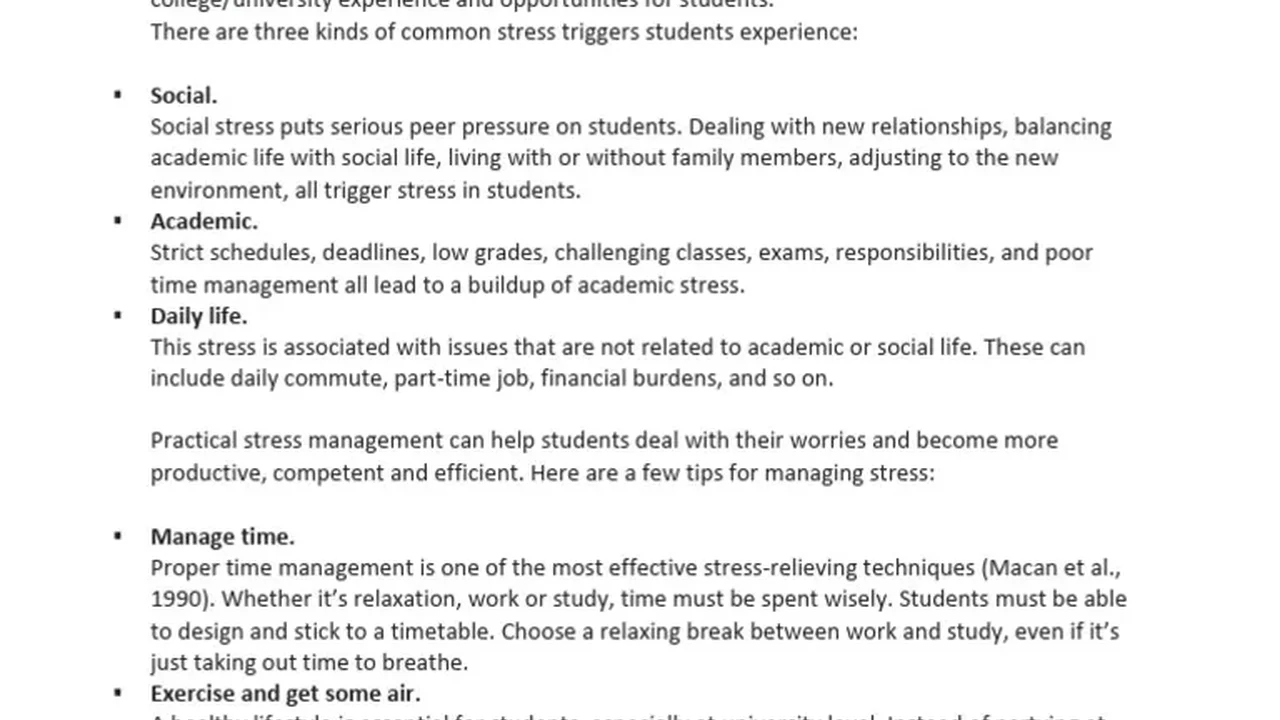Effective Communication Skills for Academic Presentations
Improve your public speaking with effective communication skills for academic presentations. Deliver impactful and engaging talks.

Mastering Academic Presentations Your Guide to Effective Communication
Stepping up to the podium for an academic presentation can feel like a daunting task. Whether it's a seminar, a conference, or a class project, the ability to communicate your research, ideas, and findings clearly and engagingly is paramount to your academic success. This comprehensive guide will walk you through the essential communication skills needed to deliver impactful and memorable academic presentations. We'll delve into everything from structuring your talk to mastering your delivery, and even recommend some tools to help you along the way.
Understanding Your Audience and Presentation Goals
Before you even think about opening PowerPoint, the first crucial step is to understand who you're talking to and what you want them to take away. Are you presenting to peers, professors, or a mixed audience? What's their existing knowledge on your topic? Tailoring your language, examples, and depth of information to your audience is key to effective communication. For instance, presenting to fellow students might allow for more technical jargon, while a general audience requires simpler explanations and relatable analogies.
Equally important are your presentation goals. Is it to inform, persuade, or inspire? Clearly defining your objective will help you structure your content and choose the most effective communication strategies. For example, if your goal is to persuade, you'll need strong evidence and a clear call to action.
Structuring Your Academic Presentation for Clarity and Impact
A well-structured presentation is like a well-written essay: it has a clear beginning, middle, and end. This logical flow helps your audience follow your arguments and retain information. Think of it as a narrative arc for your research.
Crafting a Compelling Introduction and Hook
Your introduction is your chance to grab attention and set the stage. Start with a hook – a surprising statistic, a thought-provoking question, or a compelling anecdote – to immediately engage your audience. Clearly state your topic, your research question or hypothesis, and briefly outline what you'll cover. This roadmap helps your audience anticipate the journey.
Developing a Logical Body with Key Takeaways
The body of your presentation is where you present your research, findings, and arguments. Organize your content into logical sections, each with a clear main point. Use transitions to smoothly move from one idea to the next. For each section, consider what the key takeaway is and how you can best convey it. Visual aids, such as charts, graphs, and images, are incredibly powerful here. Remember the 'less is more' principle for slides – avoid text-heavy slides that distract from your spoken words.
Designing a Memorable Conclusion and Call to Action
Your conclusion should summarize your main points, reiterate your key findings, and offer a lasting impression. Avoid introducing new information. If applicable, provide a call to action – what do you want your audience to do or think after your presentation? This could be encouraging further research, advocating for a policy change, or simply prompting reflection.
Mastering Verbal and Non-Verbal Delivery Techniques
How you say something is often as important as what you say. Your delivery can make or break your presentation.
Projecting Confidence Through Voice and Tone
Speak clearly, audibly, and at a moderate pace. Vary your tone and pitch to avoid monotony and emphasize key points. Practice projecting your voice so that everyone in the room can hear you comfortably. Avoid mumbling or speaking too quickly, especially when nervous. Recording yourself practicing can be incredibly helpful for identifying areas for improvement.
Utilizing Body Language and Eye Contact Effectively
Your body language communicates volumes. Stand tall, maintain an open posture, and use natural gestures to emphasize your points. Avoid fidgeting or crossing your arms, which can signal nervousness or defensiveness. Make eye contact with various members of your audience – this creates a connection and shows engagement. Don't just stare at your notes or the screen.
Engaging Your Audience with Pauses and Questions
Strategic pauses can be incredibly effective for emphasis, allowing your audience to process information. Don't be afraid of silence. Incorporating rhetorical questions or even direct questions (if appropriate for the format) can also keep your audience actively involved. Encourage questions at the end, and be prepared to answer them thoughtfully and concisely.
Leveraging Visual Aids and Presentation Tools for Enhanced Communication
Visual aids are not just decorations; they are powerful communication tools that can clarify complex information, enhance retention, and make your presentation more engaging. However, they should complement, not replace, your spoken words.
Designing Effective Slides with Minimal Text and High-Quality Visuals
When it comes to slides, less is often more. Focus on one main idea per slide. Use bullet points sparingly and keep text concise. Prioritize high-quality images, charts, and graphs that are easy to understand at a glance. Avoid busy backgrounds or hard-to-read fonts. Consistency in design elements (fonts, colors, layouts) creates a professional look.
Recommended Presentation Software and Their Strengths
Choosing the right software can significantly impact your presentation's visual appeal and your ease of delivery. Here are a few popular options, each with its own strengths and typical pricing models:
- Microsoft PowerPoint: The industry standard, widely available and familiar to most. It offers extensive features for customization, animations, and transitions. It's part of the Microsoft 365 suite, which typically costs around $6.99/month for personal use or a one-time purchase for a perpetual license (e.g., Office Home & Student 2021 for around $149.99). Its strength lies in its versatility and deep feature set, allowing for highly customized and complex presentations. It's excellent for detailed academic work where specific formatting and data visualization are crucial.
- Google Slides: A free, web-based alternative that's excellent for collaboration. It's simpler than PowerPoint but offers enough features for most academic presentations. Its primary strength is its real-time collaboration capabilities, making it ideal for group projects where multiple students need to work on the same presentation simultaneously. It's completely free with a Google account.
- Apple Keynote: If you're an Apple user, Keynote is a fantastic option known for its sleek design templates and intuitive interface. It often produces visually stunning presentations with minimal effort. It's free for Apple device owners. Its strength is its aesthetic appeal and ease of creating professional-looking slides quickly, which can be great for making a strong visual impression.
- Prezi: Offers a unique, non-linear presentation style that zooms and pans across a canvas, allowing for a more dynamic and engaging experience. It can be very effective for showing relationships between ideas. Prezi offers a free basic plan with limited features, and paid plans start around $5/month for students. Its strength is its ability to break away from traditional slide-by-slide presentations, offering a more holistic view of your topic. This can be particularly effective for conceptual presentations or demonstrating interconnected ideas.
- Canva: While not solely a presentation tool, Canva offers a vast library of templates and design elements, making it easy to create visually appealing slides even without design experience. It has a free tier with many features, and a Pro version for around $12.99/month. Its strength lies in its user-friendliness and extensive template library, making it easy for anyone to create professional-looking slides quickly, even if they lack design skills.
When choosing, consider your comfort level with the software, the complexity of your visuals, and whether you need collaborative features. For most academic presentations, PowerPoint or Google Slides will suffice, but exploring Keynote or Prezi can add a unique flair.
Handling Questions and Feedback with Poise
The Q&A session is an integral part of your presentation. It's an opportunity to clarify points, elaborate on your research, and demonstrate your expertise.
Strategies for Answering Difficult Questions Gracefully
Listen carefully to the question. If you're unsure, ask for clarification. Take a moment to formulate your answer. If you don't know the answer, it's okay to admit it and offer to follow up later. Avoid getting defensive. If a question is hostile, address the content, not the tone. Rephrase the question if it helps you answer more clearly. For example, if someone asks a very broad question, you might say, 'If I understand correctly, you're asking about the implications of X on Y?'
Incorporating Feedback for Future Improvements
View feedback as a gift. Even critical feedback can provide valuable insights for improving your future presentations. Thank the person for their input. Make a note of the feedback and reflect on how you can incorporate it. This shows professionalism and a commitment to continuous learning.
Practice, Practice, Practice The Key to Confident Delivery
No matter how well-structured your content or how beautiful your slides, a lack of practice will undermine your efforts. Rehearsal is where you refine your timing, smooth out your transitions, and build confidence.
Rehearsing Your Presentation Aloud and Timing Yourself
Practice your presentation aloud, ideally in front of a mirror or a small audience (friends, family, or even a pet!). This helps you identify awkward phrasing, ensure a natural flow, and get comfortable with the material. Time yourself to ensure you stay within the allotted time. It's better to be slightly under time than over.
Seeking Constructive Criticism from Peers or Mentors
Ask trusted peers or mentors to watch your practice run and provide honest feedback. They can offer valuable perspectives on your clarity, delivery, and overall impact. Be open to their suggestions and use them to refine your presentation.
Common Pitfalls to Avoid in Academic Presentations
Being aware of common mistakes can help you steer clear of them.
Overloading Slides with Too Much Text or Data
This is perhaps the most common mistake. Your slides are visual aids, not teleprompters. They should support your spoken words, not replicate them. Too much text makes your audience read instead of listen.
Reading Directly from Notes or Slides
Reading directly makes you sound robotic and disengaged. Use your notes as prompts, not scripts. Your goal is to have a conversation with your audience, not to deliver a monologue.
Ignoring Time Constraints and Rushing or Dragging
Respecting the time limit is crucial. Rushing makes you sound flustered and hard to follow, while dragging on can bore your audience. Practice your timing diligently.
Failing to Engage the Audience and Maintain Interest
A monotone voice, lack of eye contact, or a static posture can quickly lose your audience's attention. Remember to vary your delivery, use visuals, and interact with your audience.
By focusing on these communication skills – from understanding your audience and structuring your content to mastering your delivery and utilizing visual aids – you'll be well on your way to delivering impactful and engaging academic presentations. Remember, every presentation is an opportunity to share your knowledge and connect with your audience. Embrace the challenge, practice diligently, and let your passion for your topic shine through.
:max_bytes(150000):strip_icc()/277019-baked-pork-chops-with-cream-of-mushroom-soup-DDMFS-beauty-4x3-BG-7505-5762b731cf30447d9cbbbbbf387beafa.jpg)






